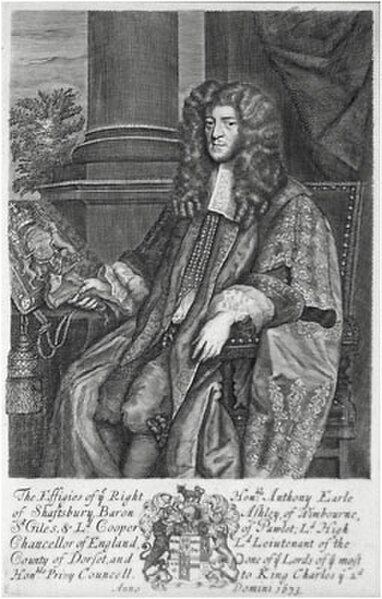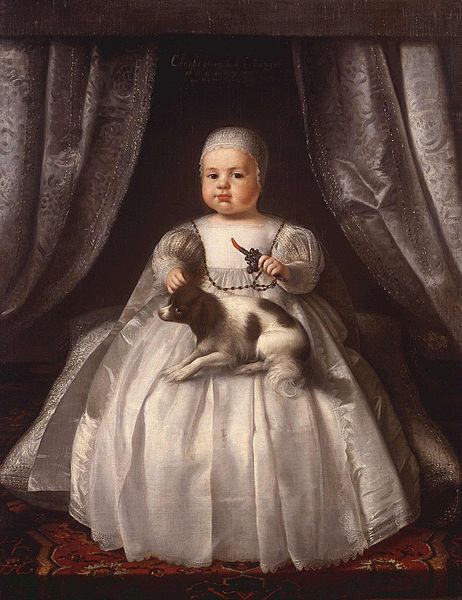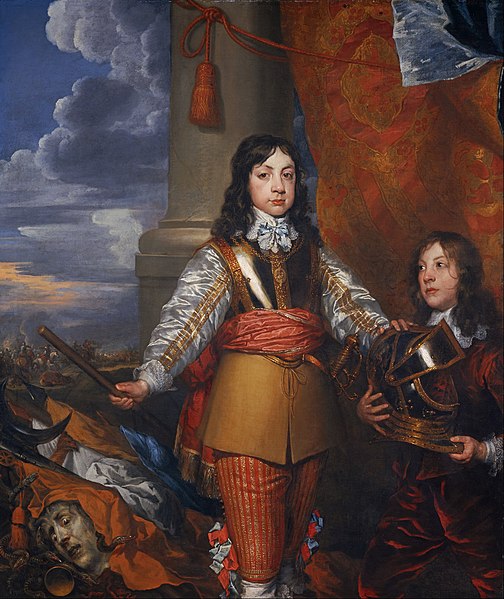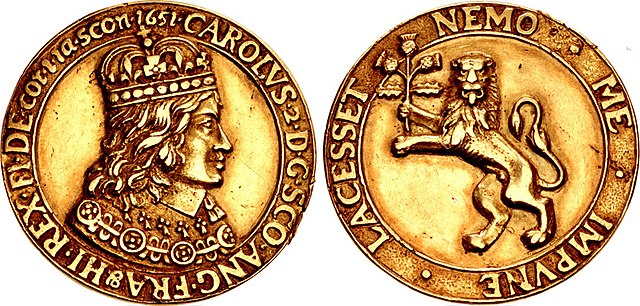The Exclusion Crisis ran from 1679 until 1681 in the reign of King Charles II of England, Scotland and Ireland. Three Exclusion Bills sought to exclude the King's brother and heir presumptive, James, Duke of York, from the thrones of England, Scotland and Ireland because he was a Roman Catholic. None became law. Two new parties formed. The Tories were opposed to this exclusion, while the "Country Party", who were soon to be called the Whigs, supported it. While the matter of James's exclusion was not decided in Parliament during Charles's reign, it would come to a head only three years after James took the throne, when he was deposed in the Glorious Revolution of 1688. Finally, the Act of Settlement 1701 decided definitively that Roman Catholics were to be excluded from the English, Scottish, and Irish thrones, later the British throne.

Portrait of the Duke of York as Lord High Admiral of England. In 1673, the Duke of York, who had converted to the Church of Rome, resigned as Lord High Admiral rather than take the anti-Catholic oath prescribed by the Test Act.
Engraving showing "A Solemn Mock Procession of the Pope" held in London on 17 November 1680. The Whigs arranged to have effigies of the Pope, cardinals, friars, and nuns paraded through the streets of the City of London and then burned in a large bonfire.
The Earl of Shaftesbury, the leader of the Whigs who introduced the Exclusion Bill in the House of Commons on 15 May 1679.
Charles II was King of Scotland from 1649 until 1651 and King of England, Scotland, and Ireland from the 1660 Restoration of the monarchy until his death in 1685.
Charles in Garter robes, c. 1660–1665
Charles as an infant in 1630, painting attributed to Justus van Egmont
Portrait by William Dobson, c. 1642 or 1643
Cast gold coronation medal of Charles II, dated 1651







